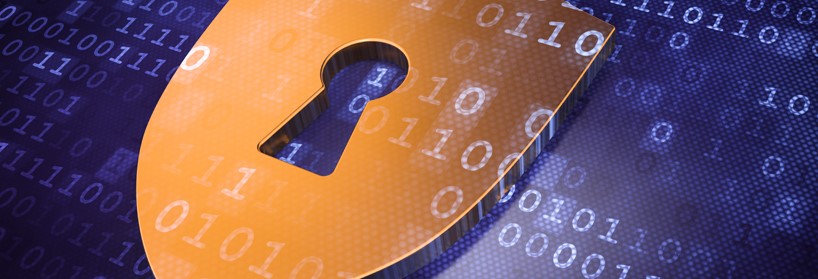Home » Blog » Grid Modernization » Securing the Internet of (Grid) Things
Securing the Internet of (Grid) Things
At the edge of the distribution grid lies an inestimable number of devices (such as Solar PV and other renewable generation sources, electric vehicles, water heaters, and HVAC systems) that, if properly harnessed, could provide significant value to Smart Grid applications. While the value gained from communicating with these devices is enormous, a major roadblock to harnessing their power has been the lack of efficient, affordable, and secure communication paths.
To achieve the full promise of an interconnected power distribution system, utilities must be able to securely connect with and control end-use devices and other distribution grid assets. Doing so will give them the ability to optimize power supply portfolios, achieve grid visibility from end-use consumers to distribution substations, and use Demand Response (DR) and Distributed Energy Resources (DERs) to strategically manage system load and distribution grid operating conditions.
Implementing the kind of high-level security system needed to protect utilities and their customers from the increasing threat of cyber-attacks—while fully harnessing the reliability and economic value of end-use devices—will require utilities to invest in advanced networking and communications technologies.
In a recent article for Electric Energy T&D Magazine, we discuss how super devices can be used by utilities to easily deploy a cost-effective solution to confidently and securely connect with end-use devices and leverage their data to improve efficiency and realize additional savings. Read the full article.
About the authors:
Erik Amundson has more than 17 years of experience in virtually all areas of Information Technology. As Chief Technology Officer of Advanced Systems Design at OATI, Mr. Amundson works closely with product development teams and consults on system design and infrastructure. He has extensive experience in technologies and support of advanced data centers such as the OATI Active/Active Cloud, OATI GridControl, and OATI GridSafe, which connect the industry’s most stringent cyber security measures, distributed processing, and plug-and-play operations to provide simple, secure, and cost-effective connectivity to grid assets and end-use devices. Amundson received EMC Clarion Training from the EMC Training Facility and is a Cisco Certified Networking Professional (CCNP) and Networking Associate (CCNA).
David Heim, J.D., has more than 15 years of experience in the energy industry. As OATI’s Chief Strategy Officer, Mr. Heim is responsible for overseeing the Strategic Initiatives department, which includes development of new and emerging hardware and software technologies, development and construction of the new OATI South Campus and Data Center, oversight of OATI’s existing Data Centers and infrastructure, and coordinating compliance with IT-related industry and regulatory standards. Heim began his career as an IT professional for a major international consulting firm. After obtaining his law degree, he joined OATI in the Office of General Counsel, and served as their Chief Information Officer. He received a B.A. degree in International Relations and Chinese from the University of Minnesota and, later, a J.D., Magna Cum Laude, from William Mitchell College of Law.
- July 1, 2016
